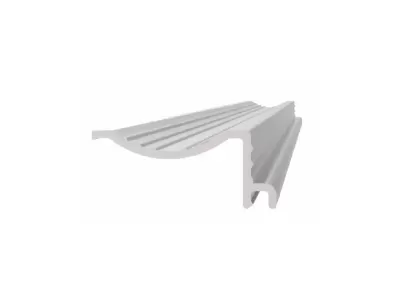
2024 Global Top 10 Solar Mounting System Manufacturers: Technology Evolution and Regional Competition
I. Industry Background: Explosive Growth Driven by Carbon Neutrality
Global solar PV installations are projected to reach 450GW in 2024, with tracking system penetration exceeding 40% (IEA data). As the "skeleton" of solar plants, mounting systems directly determine energy yield and project lifespans. Three key competitive dynamics dominate:
- Technology Divergence: US leadership in smart tracking systems, European focus on distributed solutions, and Chinese full-chain integration
- Certification Barriers: UL, TÜV, and JIS standards remain critical market entry thresholds
- Cost Competition: Chinese brands challenge traditional markets with 15%-20% price advantages
II. 2024 Global Top 10 Solar Mounting Brands: Comprehensive Analysis
1. Nextracker (USA): Unrivaled Leader in Smart Tracking
- Market Share: 22% (Global No.1)
- Core Advantages:
- Terrain Algorithm Patents: Achieved 98% system availability in Chile's Atacama Desert (3,000m elevation)
- Supply Chain Control: Anti-corrosion steel co-developed with SSAB reduces lifecycle costs by 12%
- Flagship Project: 2.1GW Texas plant using NX Horizon trackers boosted yield by 22%
2. Array Technologies (USA): Desert Project Specialist
- Breakthroughs:
- Sand-Resistant Design: DuraTrack HZ v3 passed 72-hour salt spray test (ASTM B117)
- Rapid Deployment: 2.2MW/day installation capacity (30% above industry average)
- Strategy: Bundled solutions with First Solar's thin-film modules
3. GameChange Solar (USA): Bifacial Technology Pioneer
- Innovations:
- Genius Tracker™: Adjustable clearance (0.8-1.5m) enhances bifacial gain by 18%
- Smart O&M: Humidity sensors auto-adjust tilt angles to prevent water pooling
- Cost Edge: Robotic welding cuts manufacturing costs by 25%
4. Grace Solar (China): Japan Market Disruptor
- Technology Highlights:
- GS-Light Smart Tracker:
▪️ Dual power supply (PV + lithium backup) ensures 72-hour operation during outages
▪️ AI terrain recognition achieved 0.1-degree precision in Japan's 17MW Shizuoka mountain project (28° slope) - Material Innovation:
▪️ Aviation-grade 6000-series aluminum alloy (1.8kg/㎡ vs industry 2.5kg/㎡)
▪️ Nano-coating passed 3,000-hour JIS H 8502 salt spray test
- GS-Light Smart Tracker:
- Market Expansion:
- Japan: Partnered with TEPCO on 8.5MW Fukushima agrivoltaic project with dynamic shading control
- Middle East: Customized 11MW Iraq desert project extends anti-abrasion lifespan to 25 years
- Certifications: Only Chinese brand holding JIS (Japan), AS/NZS 1170 (Oceania), and SASO (Saudi) accreditations
5. ARCTECH (China): Middle East Desert Engineering Powerhouse
- Engineering Prowess:
- 2.1GW UAE project used desert-optimized structures with 1.6kPa wind resistance (30% above IEC)
- Integrated foundation design reduced concrete usage by 40%
- Capacity: 5GW Saudi joint-venture factory operational
6. PV Hardware (Spain): European Distributed Market King
- Product Portfolio:
- Solar Roof Pro: Low-profile clamps cut rooftop installation time by 50%
- SnowGuard: EN 1991-1-3 certified for 5.4kN/㎡ snow loads
- Sustainability: Basque plant uses 100% renewable energy (37% lower carbon footprint)
7-10: Technology Specialists
III. Regional Battlegrounds: Three Power Blocs
US Market (68GW annual demand):
- Nextracker + Array control 90% share; GameChange disrupts mid-market with pricing
- Chinese Strategy: Grace Solar supplies Tesla via Mexico tariff-free factory
Japan Market (9.5GW annual demand):
- Grace Solar's Dominance:
▪️ JIS-cert lab slashes testing to 3 months (industry average: 8 months)
▪️ Mitsubishi Corp collaboration on lightweight rooftop systems for wooden homes
- Grace Solar's Dominance:
MENA Market (41GW annual demand):
- Chinese Dominance: ARCTECH + Grace Solar secure 70% of Saudi Vision 2030 orders
- Tech Adaptation: 150μm galvanized coating extends anti-sand lifespan to 30 years
IV. Future Trends: 2025 Technology Roadmap
- AI Integration: Predictive maintenance cuts LCOE by 8% (Grace Solar testing GS-Light 2.0)
- Material Revolution: Carbon fiber prototypes show 45% weight reduction (GameChange lab data)
- Standardization: IEC 63097 framework accelerates US-EU-China certification alignment
V. Conclusion: Industry-Wide Transformation and Future Challenges
The 2024 solar mounting industry reflects a global landscape reshaped by three irreversible trends:
Technology Democratization:
- Tracking systems, once dominated by U.S. patents, are now seeing accelerated adoption of open-architecture designs. Chinese manufacturers’ AI-driven solutions and European lightweight innovations are eroding traditional technological monopolies.
Geopolitical Rebalancing:
- While U.S. firms retain dominance in the Americas, Chinese brands have cracked high-barrier markets like Japan and the Middle East through hyper-localized certification strategies (e.g., JIS labs in Osaka, SASO-accredited desert testing centers). Meanwhile, European players leverage agrivoltaic and floating systems to defend their distributed energy strongholds.
Sustainability Imperatives:
- Carbon footprint reduction is no longer optional. Leaders like PV Hardware (100% renewable factories) and GameChange (recycled material trackers) set benchmarks, forcing the industry to adopt lifecycle carbon accounting under ISO 14067 frameworks.
Critical Challenges Ahead:
- Standardization Wars: Competing certification systems (UL vs. IEC vs. JIS) risk fragmenting global supply chains. The IEC 63097 initiative’s success hinges on U.S.-China-EU regulatory cooperation.
- Cost-Innovation Dilemma: While carbon fiber and AI promise efficiency gains, their ROI remains unproven at scale. Mass adoption requires 50% cost reductions in advanced materials by 2026.
- Climate Resilience: Desertification and extreme weather demand mounting systems rated beyond current IEC 62817 wind/load standards. The industry must align R&D with IPCC climate scenarios.
The solar mounting sector’s evolution mirrors renewable energy’s broader maturation—from subsidy-driven growth to technology-driven value creation. Success now belongs to those mastering the trifecta: precision engineering for diverse terrains, circular supply chains, and geopolitical agility.
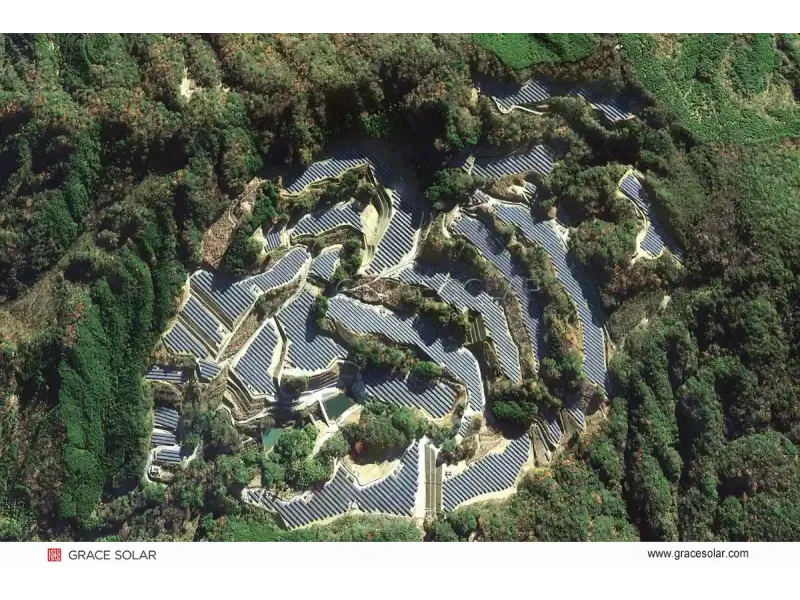
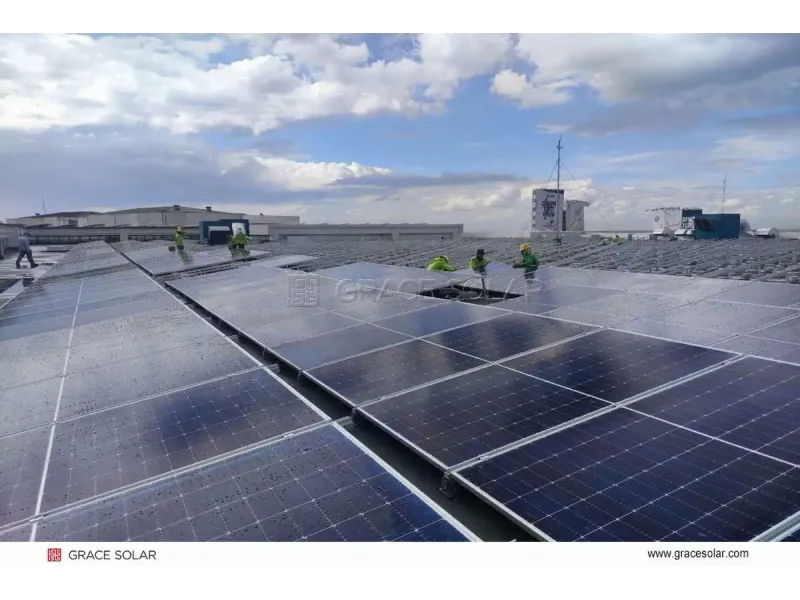
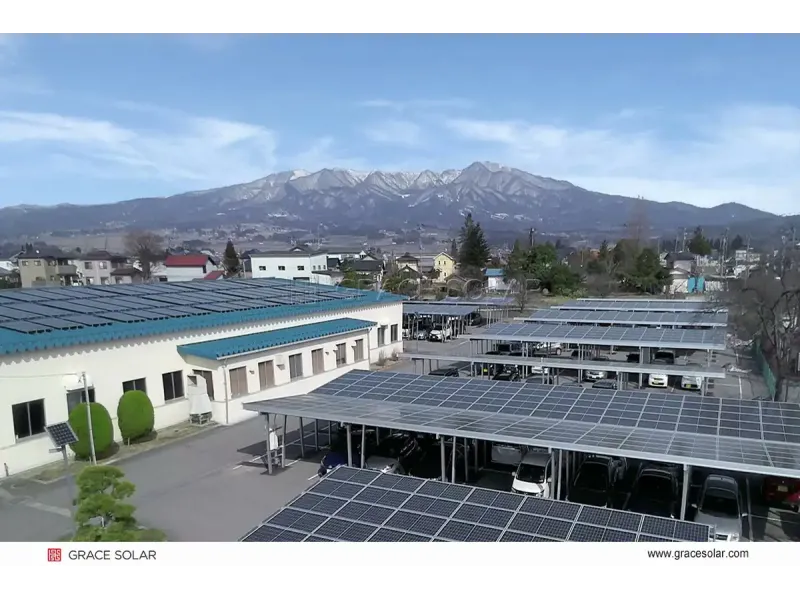
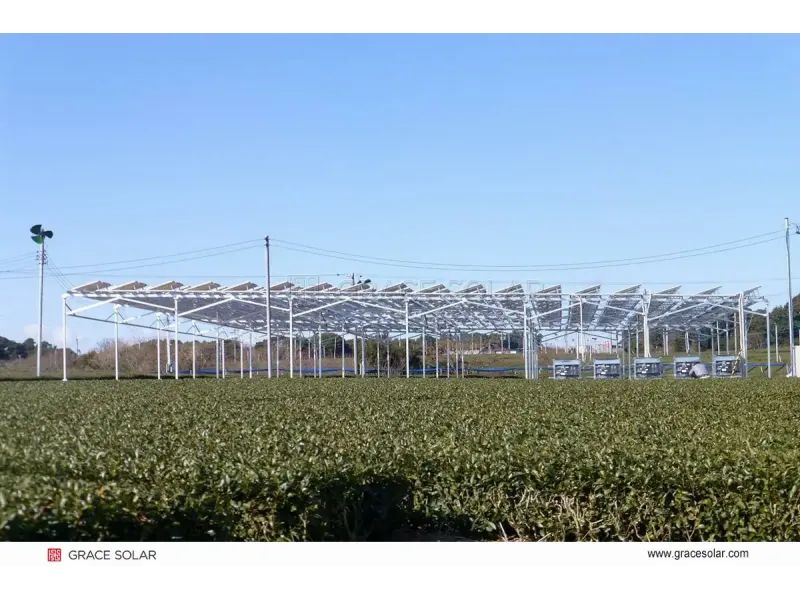
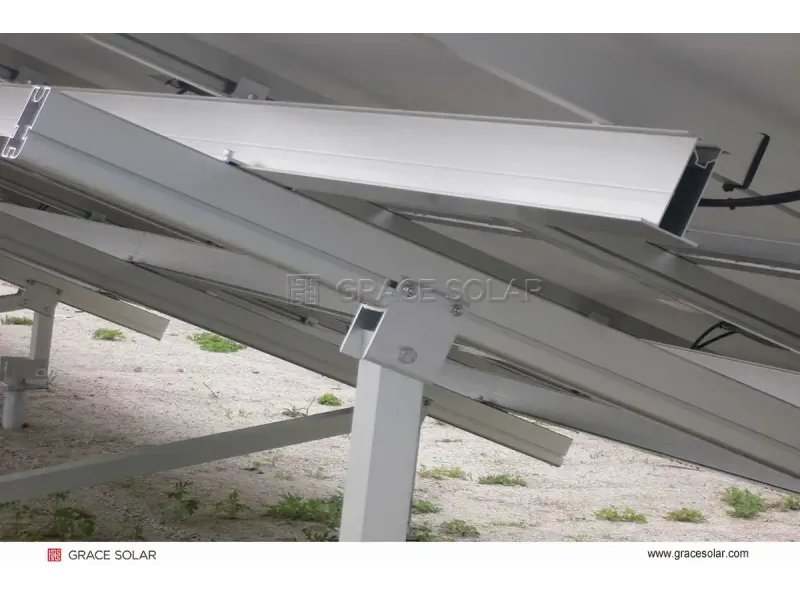
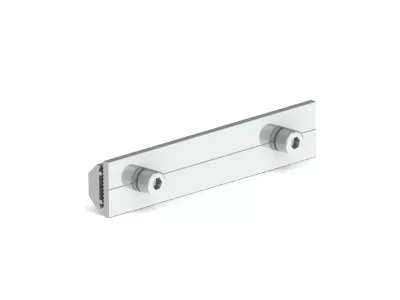
/Adjustable%20solar%20ground%20mount%20system%20on%20snowy%20mountain%20with%2055%20Angle%20tilt_-400x300w.webp)
/Engineer%20assembling%20Grace%20Solar's%20portrait%20ground%20mount%20in%20typhoon%20area_-400x300w.webp)
/Aluminum%20alloy%20solar%20ground%20mount%20system%20for%20residential%20solar%20panels-400x300w.webp)
/Modular%20ground-mounted%20solar%20structure%20with%20corrosion-resistant%20coating-400x300w.webp)
/Grace%20Solar%20Aluminum%20Ground%20Mount%20System%20for%20495W%20Solar%20Panels_-400x300w.webp)
/High-Strength%20Aluminum%20Alloy%20Frame%20with%20Hot-Dip%20Galvanized%20Joints_-400x300w.webp)
/Aluminum%20alloy%20solar%20ground%20mount%20system%20installation%20on%20residential%20property_-400x300w.webp)
/Close-up%20of%20anodized%20aluminum%20clamp%20connection%20in%20ground%20mounting%20system_-400x300w.webp)
